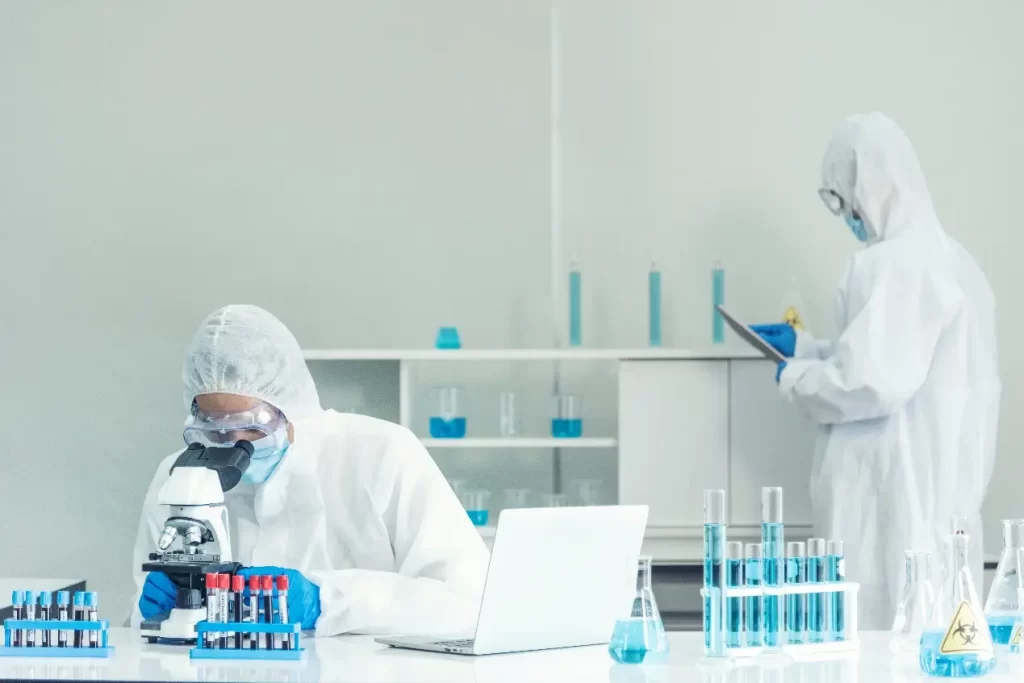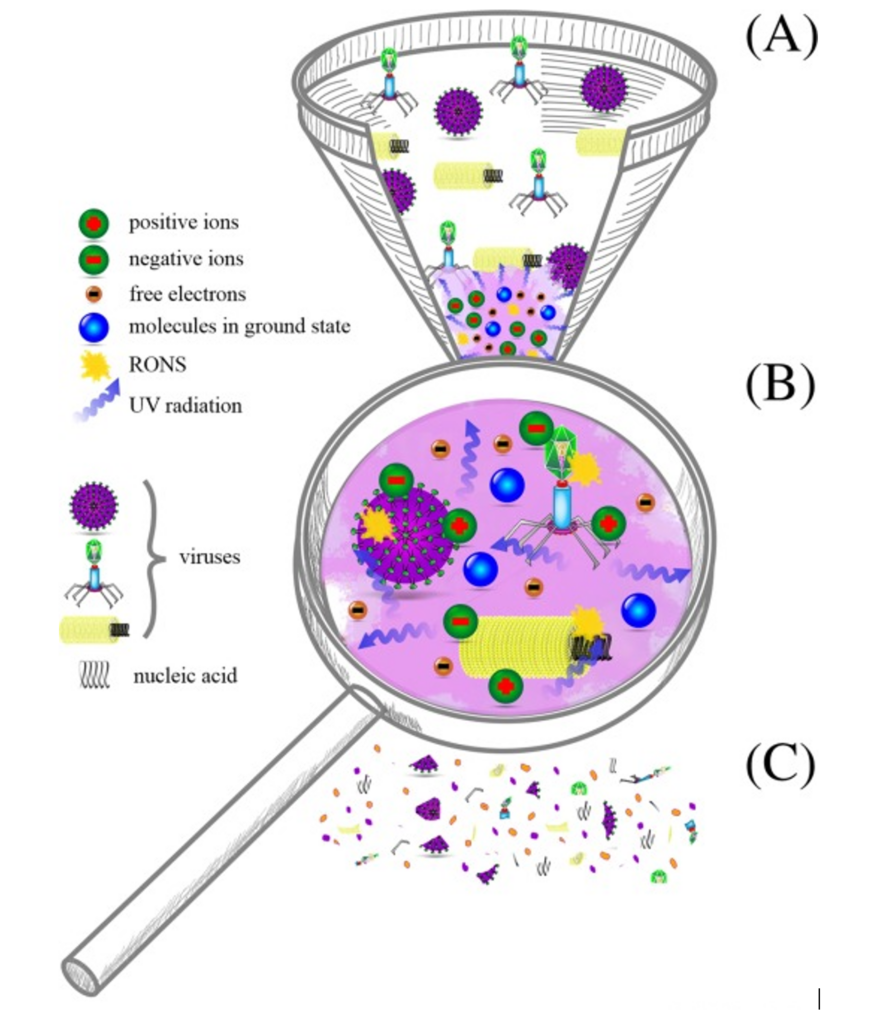
But first, it is important to find out what inactivate vs deactivate means in this field. It is now appropriate that we discuss these terms, their meanings in the scientific sense and how they are used where biotechnological processes are involved. After several days, you should be able to clearly distinguish between the two.
How Will Biotechnology Help the Medical Field?
When we use the term inactivate in the context of biotechnology, this simply means making something to a point where it will not function as it is supposed to. Whether it is a virus, enzyme, or some biological compound, inactivation is all about preventing such a compound from performing its regular function.
- How is Inactivation Achieved? Inactivation occurs due to heat, chemicals or radiation. For instance, when we are disabling viruses, we let them undergo high temperatures or chemicals that will prevent their replication.
- Why is Inactivation Significant? The process of inactivation is very central to the production of vaccines in the initial stage. In developing vaccines, virologists denature the viruses making them live but harmless in order to operate the immune system.
Can you notice how inactivate is used in this context? Now let’s look at its use in more detail.

What Does Deactivate Mean in Biotechnology?
Next, let’s discuss what deactivation means. Though both, inactivate vs deactivate evoke the same connotation in general, there are differences in their use in biotechnology.
- What is Deactivation? Deactivation means a process by which an enzyme or a molecular activity is rendered inactive but without a change in its shape or conformation Irreversible Inactivation. For instance, when an enzyme is denatured, its activity ceases for some time but may regain its function at some other time.
- In what way is Deactivation employed in Biotechnology? Probably the most significant example of deactivation in biotechnology is enzyme deactivation. In those processes where enzymes are used in reactions, for instance in fermentation, at times after the reaction has occurred the enzymes must be inactivated to prevent further reactions.
But you might ask, what’s the difference between inactivation vs deactivation? The primary difference is found in the ability of the molecule to regain functionality.
Inactivate vs Deactivate: What’s the Real Difference?
Let’s compare inactivate vs deactivate side by side to truly understand their differences:
| Feature | Inactivate | Deactivate |
|---|
| Definition | To render something non-functional | To turn something off temporarily |
| Permanence | Generally permanent | Usually reversible |
| Application | Common in vaccine production, viruses | Used in enzyme reactions, genetic switches |
| Method | Heat, chemicals, radiation | Environmental changes, inhibitors |
By observing this comparison, it is easy to see when to use which term. Before turning to some specific examples, however, we need to point out that there is no widespread currently available AI system that does not have relevant applications.
Application of Inactivation in Biotechnology of Food Products
In biotechnology, inactivation is mainly applied in the process of making vaccines. For this illustration let’s assume you are on the team that is marketing the new vaccine. In order to cure, you will have to make it unable to harm the body further but at the same time, force the body to learn its lesson and beat the virus.
- What are the Negative Consequences of Inactivation Process? When the fixation is improperly carried out then, the virus can partly retain its potential to infect and develop ineffective vaccines. This is why there is a need to exercise so much control while inactivating it.
- Can Inactivation Be Dangerous? To the same extent, inactivation is beneficial, yet it is possible to face the following risks: inactivation of dangerous viruses is not always complete.
How is Deactivation used in Biotechnology?
At the end of a reaction, these enzymes have to be inactivated so as not to catalyze any further the reaction. You might be wondering: are these enzymes able to be reactivated in the future? In most cases, yes!
What Differentiates Deactivation from Inactivation? Inactivation alters the biological agent and deactivation just puts it to ‘sleep’ so to speak but the structure remains intact. This makes deactivation especially useful in processes where you wish to regulate the reaction without demobilizing the enzyme.
When to use inactivation or deactivation?
Well, that leads to the next question: when do you use inactivation over deactivation? That’s the bottom line, whether it is the outcome that is relevant or the process that is important. Such plans in turn raise questions: Do you require a permanent alteration or simply a period to rest?
- Inactivate is used if you want to stop something, that means forever, like a virus for a vaccine.
- If there is a need to stop an enzyme or reaction for some time then deactivation is the appropriate approach.
Conclusion
Therefore, by comparing inactivate vs deactivate, you should have a clear idea about the differences between them along with their usage. Any time one is using enzymes in fermentation or viruses in vaccine production, there is a need to know when or when not to use this process. It’s not just about getting it righteously technical, it’s about your biotechnological processes working to the tee.
Interested in Biotechnology? Visit our newest articles about enzyme production, vaccines and more!
FAQ’s
- When do we use inactivation and when do we use deactivation?
Not always. In general, activation differs from deactivation in that the former is normally irreversible while the latter is normally temporary. It is all about recognizing the context.
- Which process is more frequently used in the development of vaccines?
This becomes important, particularly with viruses and bacteria that require inactivation before they can be introduced into the immune systems of the body through vaccinations.
- May deactivation help reduce the efficiency of industrial bioprocesses?
Yes, deactivation is highly possible when the system is decommissioned but such a phenomenon affects others like fermentation or enzyme production only when controlled properly.
